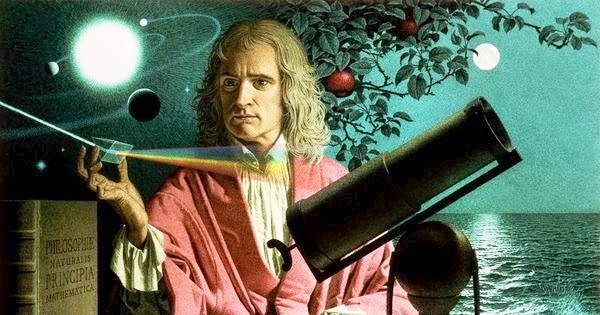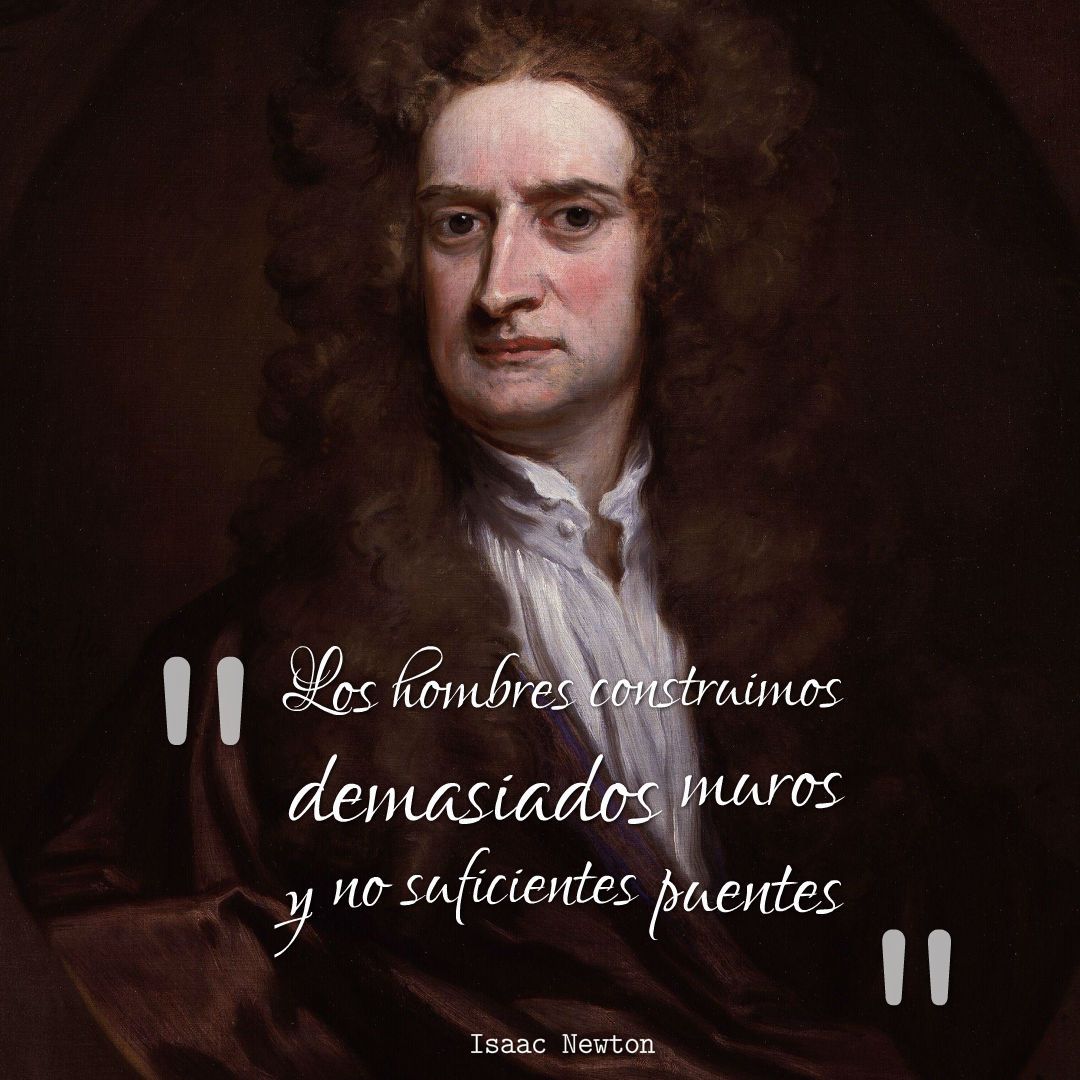

He declared that as a scientist he personally was no more concerned with Newton’s non-mathematical works than a medical man would be with the rabbinical books of Maimonides.3 Such polar responses to Newton’s theological writings may have more than passing historical interest, for they raise again in a naive, anecdotal form awesome questions that began to emerge in the halcyon years of the scientific revolution: Can there be an autonomous realm of human knowledge that lives by its own law? Is it possible to encap¬ sulate activities known as science in the mind of the scientist and to keep them free and independent, unshackled by deep passions and transcendent longings? In the seventeenth century men who were rationalist and articulate about the relations of science and religion, either what they were or what they should be, tended to move in one of two directions. Despite the fact that it was September 1940 and he was already involved himself with an apocalyptic enterprise J he took the trouble to compose a letter praising the papers for the insight they afforded into Newton’s geistxge Werkstatt, his ‘spiritual work¬ shop’.^ On the other hand, George Sarton, that prodigious innovator in the history of science, expressed cool indifference. GOD’S WORD AND GOD’S WORKS Newton’s theological manuscripts that are now housed in Jerusalem were once shown to Albert Einstein. ‘Of the Day of Judgment and World to come’ But the presence of John Wyclif in a far corner gave me comfort. Lecturing in the great hall of Balliol, with the portraits of austere past Masters peering over my shoulder, to an audience stiffly ranged on backless wooden benches was an unforgettable experience. Finally, I should like to dedicate this libellus to the Master and Fellows of Balliol College, among whom I lived as Eastman Visiting Professor to Oxford University in 1972-3. Words and phrases crossed out by Newton have been placed in angle brackets.

The appendixes are faithful renderings of the manuscripts with all their idiosyncrasies. In the body of the text Newton’s obvious mis-spellings and inadequacies of punctuation have been silently corrected. My commentary on Newton’s commentary on the Apocalypse follows an old exegetical tradition, and I trust that the catena will yet be prolonged. Prophecy, and in framing conjectures about the world to come. They are fragments from the Newton papers in Jerusalem that are intended to provide the reader with some sense of how Newton proceeded in his ‘methodising’ of scriptural Two appendixes have been added to the lectures. Nadav, and members of his staff for the many kindnesses they extended to me. I should also like to express my warm thanks to the Director of the Department, Dr. A working inventory of Newton’s manuscripts in Jerusalem was prepared for the Library’s Department of Manuscripts by David Castillejo, and any student of these papers is indebted to him. Whatever the shortcomings of contemporary scholarship on Newton, it does not suffer from bibliographical insufficiency.
.jpg)
Rupert and Marie Boas Hall, John Herivel, Richard S. Those athirst for references to works about Newton will find them regularly duplicated in the writings of 1.

It has not seemed necessary in publishing these lectures to repeat documentation already in print, and I have tended to limit the footnotes to manuscript signatures. Two earlier books, Isaac Newton Historian (1963) and A Portrait of Isaac Newton (1968), were equipped with an exten¬ sive bibliographical and scholarly apparatus. The present work-my third, and I hope final, attempt to grapple with the personality and non-scientific thought of Isaac Newton-is in large measure based upon those manuscripts. As it happened, I had been in Jerusalem during the previous two springs and there examined the extensive collection of Newton manuscripts in the Jewish National and University Library which had only recently become available. They are here reproduced substantially as they were given, except for the amplification of quotations from Newton’s papers. PREFACE The Fremantle Lectures were delivered at Balliol College on successive Mondays in February of 1973. Printed in Great Britain at the University Press, Oxford by Vivian Ridler Printer to the University No part of this publication may be reproduced, stored in a retrieval system, or transmitted, in any form or by any means, electronic, mechanical, photocopying, recording, or otherwise, without the prior permission of Oxford University Press i GLASGOW CAPE TOWN DELHIĪll rights reserved. Oxford University Press, Ely House, London W. THE RELIGION OF ISAAC NEWTON The Fremantle Lectures igyj


 0 kommentar(er)
0 kommentar(er)
